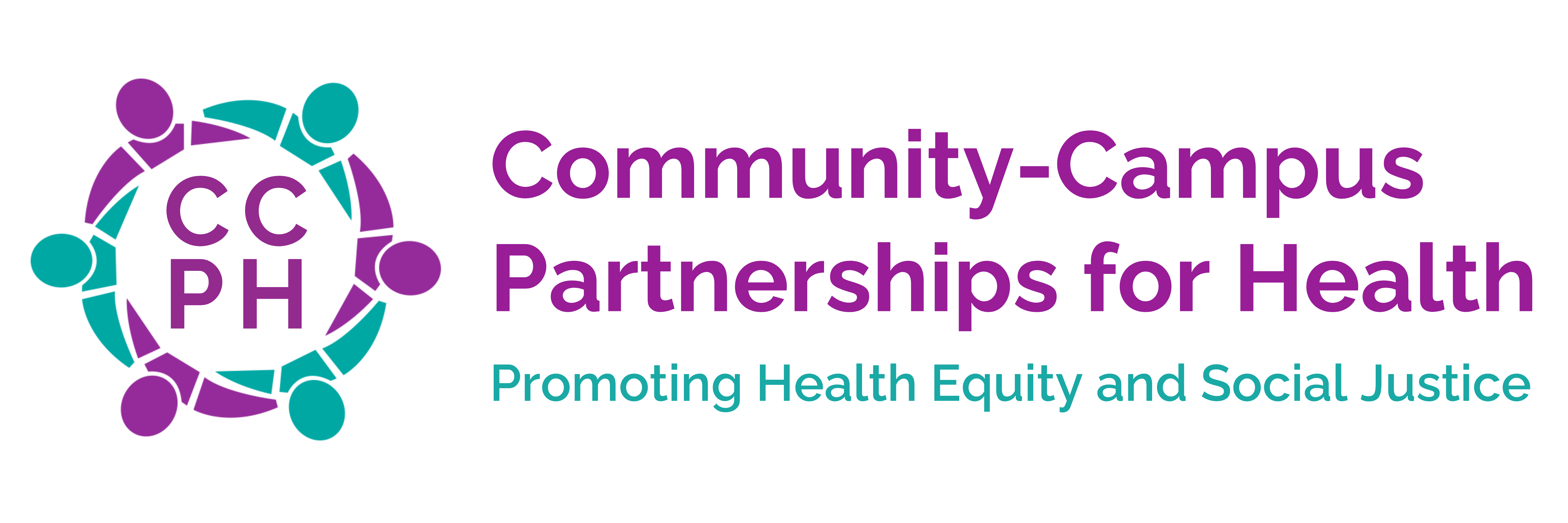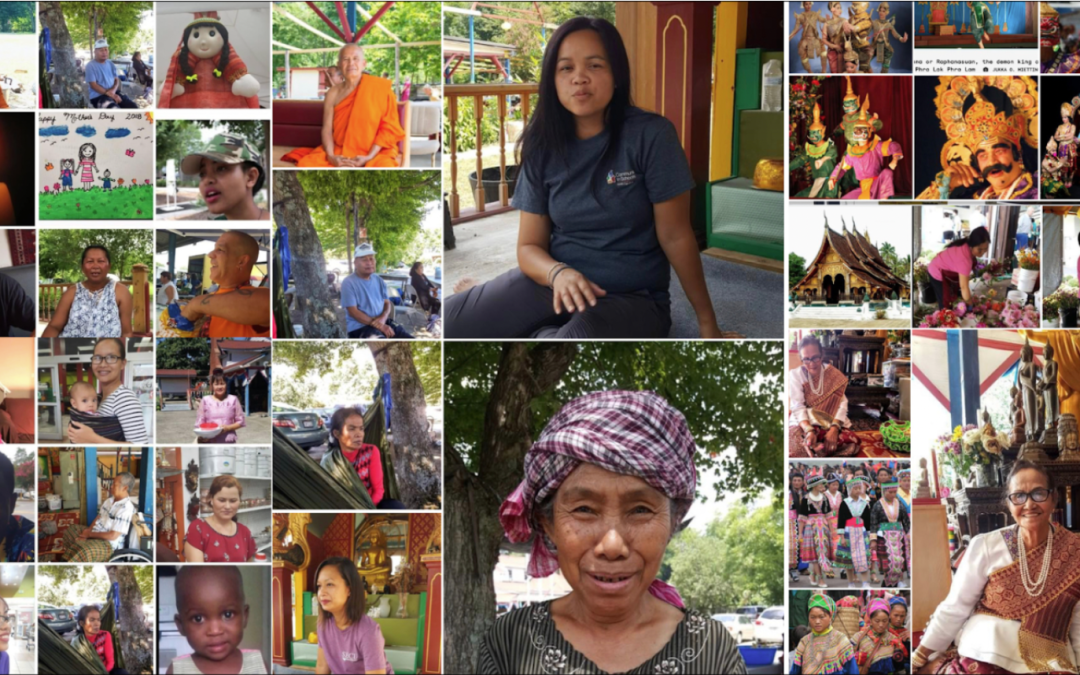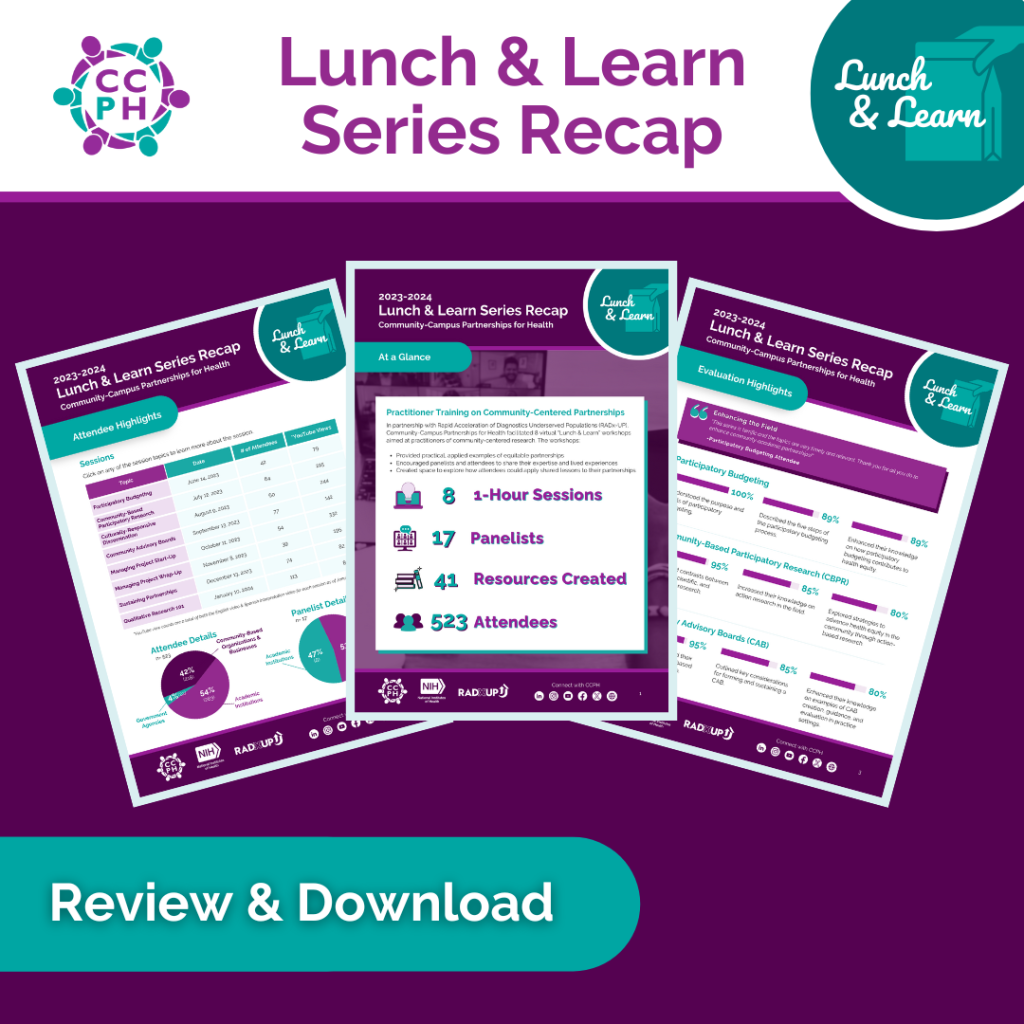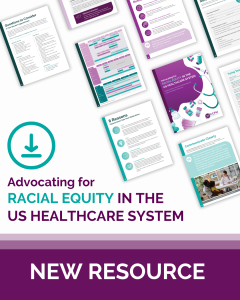Last month, I hosted and moderated a webinar with CCPH, The Greensboro Experience: A Public Health Lens on Refugee Health Disparity During a Pandemic. With over 70 participants, the webinar was well attended. Our registration list showed a variety of professionals, students, academics, clinical researchers, physicians, and epidemiologists, including a professor from the Karolinska Institute, people in public health, finance, the food industry, and refugee resettlement. Their locations stretched from Washington, Maine, Minnesota, and Louisiana, in the United States to an international audience in India and the United Kingdom. 94% of those who answered a post-webinar survey had positive responses.
It is my hope we start a ripple that builds into an active movement to protect vulnerable refugees and, by extension, the general population.
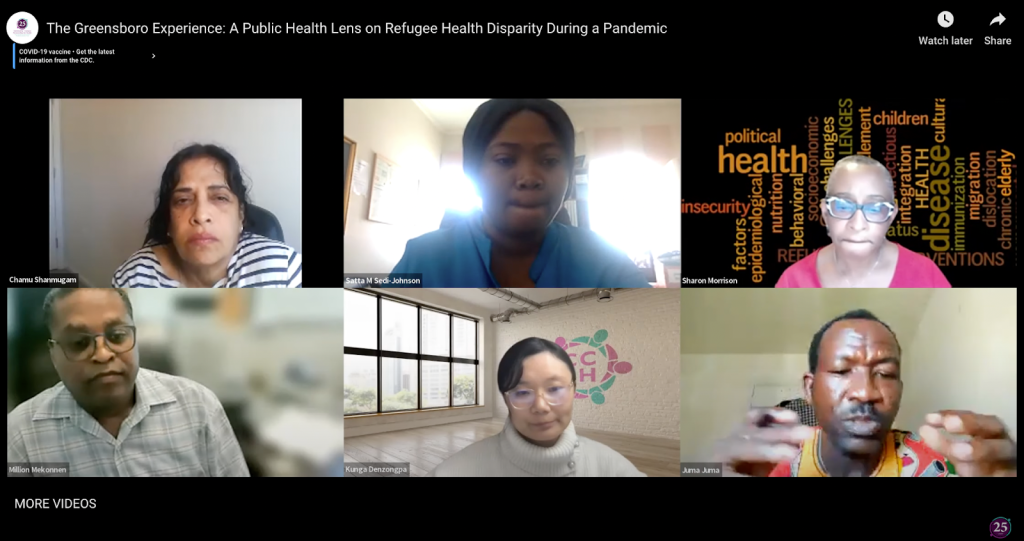
One of the panel speakers was Juma Juma, a Sudanese refugee and a community leader for the Greensboro refugee population. He shared a TikTok audio clip of shocking pseudo-science misinformation directed specifically at Blacks and Africans, stating that “the COVID vaccine was designed with synthetic molecules to sterilize Africans and reduce the population density.” There was a visible shockwave among listeners, and the chat box lit up with comments from several distressed participants. Juma is intelligent and well-informed, following all the major news channels and social media platforms. However, he believes the TikTok content due to his own experiences with racism in the US.
Refugees face precarious lives and heightened COVID risks due to systemic inequities and health disparities. Addressing this crisis requires considering refugees’ dignity and rights. We do not completely grasp the breadth and scope of racism refugees face daily, especially during the COVID pandemic, and how social media misinformation has increased mistrust with wild theories. The “mis-infodemic” is one of the biggest challenges for public health professionals. As long as we ignore refugees – they continue to be epicenters of not just infection spread but misinformation dissemination. Social isolation, language barriers, and a lack of culturally appropriate educational materials increase the impact of misinformation. We have to include refugees in planning interventions with design thinking. They bring perspectives based on lived experiences and unique skill sets with creative thinking, having faced practical difficulties in day-to-day life while navigating challenges within refugee camp systems.
Refugees are connected through social networks, relationships, and other bonds. Their networks of social life reflect solidarity that can translate to collective action that affects the community’s health. It underlies society’s collective decisions, and public health must make to solve collective problems. It is imperative that we supplement scientific messaging with dialogue, appeal to common values, and enlist spokespersons who share the value orientation of the relevant stakeholders in the community – people like Juma Juma, who has always been a leader in one way or another, has the power to influence others.
As I near the end of my internship and MPH degree program, I look back with gratitude to all the people who contributed, here and elsewhere, to my growth and development as a healthcare professional. I am committed to using the knowledge and skills gained to improve the health outcomes of the communities I serve.
Best regards,
Chamu
